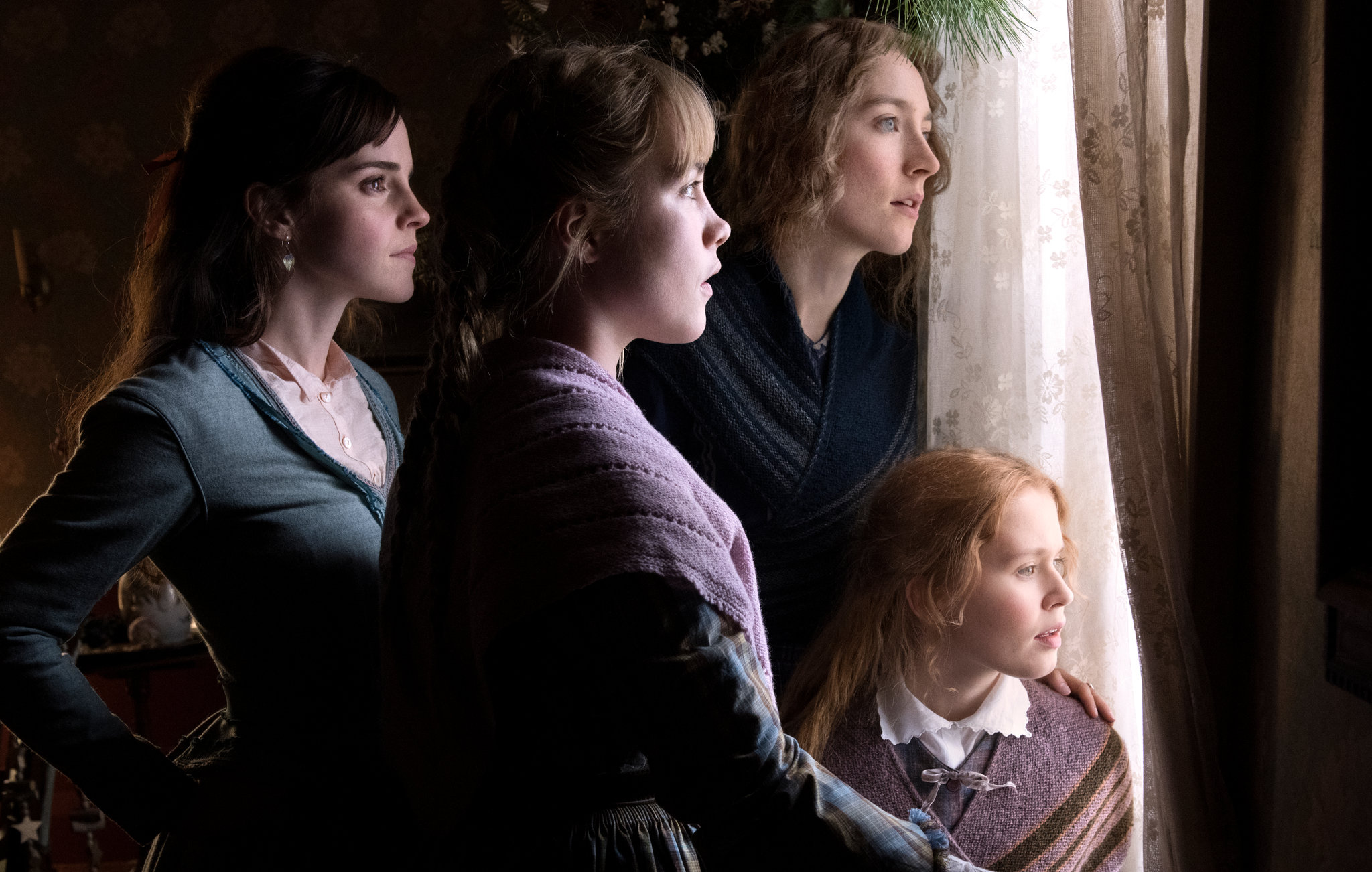Stories belong to the people who read them. Plotlines and character arcs mean nothing without interpretation. In a reader’s mind, the truth becomes what they make of it. Even in film and television where worlds unravel in real-time, a story’s meaning is left in the hands of the viewers. Once a director releases their film or an author submits their manuscript, they lose ownership of the original story. In fiction, what matters is not the creator’s intent but rather the audience’s understanding.
“Little Women,” both the 1868 novel and its various screen adaptations, is one of the first American classics to embody the female gaze. Following the four March sisters on their journey from childhood to adulthood, readers have long since considered this narrative a feminist one. But, as the audience of “Little Women” evolves, so does the story itself. More than 100 years after publication, ideas of queer theory and representation are being applied to the classic. Shaped by the viewpoint of its modern audience, “Little Women” and its protagonists are interpreted anew when viewed through the queer lens.
Jo March is a prime candidate for reinterpretation. The second sister of a Northern family in the American Civil War, Jo is a passionate girl with a quick temper. She longs to be a writer, spending her childhood penning plays in the attic while her sisters become young ladies. From the time she is 15 years old, Jo knows exactly who she wants to be — and that is not a woman.
Jo is loud, free-spirited and decidedly boyish. She dreads the idea of becoming “Miss March,” declaring to her sisters in the first few pages of the novel, “I can’t get over my disappointment in not being a boy.” Even as a child, Jo understands the limits of her sex and wants no part of it. She would much rather attend university or travel the world than sit at home and knit socks for the rest of her life. In the past, audiences have called her ambition a marker of feminism. But since the advent of queer studies in the early 1990s, people recognize Jo’s resistance for what it is: a display of lesbianism.
Lesbianism Is a Lifestyle
If you ask a dictionary to define the term lesbian, it will tell you the word means a gay woman. A detailed dictionary might even provide a bit of etymology, recalling the Greek island of Lesbos and the famous poet who lived there. But if you ask a lesbian the same question, you will probably get a very different answer.
For many who identify with the term, lesbianism is not just a sexuality. To be a lesbian means to reject the standards of accepted society. It “comprises both the breaking of a taboo,” wrote feminist Adrienne Cecile Rich, “and the rejection of a compulsory way of life.” Rather than relying on a heteronormative façade to dictate their decisions, lesbians choose freely how to interact with the world. It is much more than just an attraction to women. Lesbianism represents independence, autonomy, and relief from the cage of expectation.
Some will speculate that Jo is a lesbian because she cannot love the boy who loves her. They see her short haircut and tomboyish look and assume it evidence of her sexuality. But while her appearance plays a part in her identity, it is only one piece of the puzzle. In concentrating on surface-level traits, viewers forget her most obvious indication of lesbianism: her defiance.
Defying Limitations
Throughout her story, Jo attacks the superiority of men. From squaring off with strangers to confronting her literary agents, she will not accept less than what she deserves. And more importantly, she will stop at nothing to reclaim what is rightfully hers. But such determination is not born; over time and trial, it must grow.
In a male-dominated industry, respect is hard to come by for this March sister. Despite her obvious talent, Jo struggles to find success publishing her stories because of her sex. Early scenes show men with nice suits and ugly attitudes rejecting Jo’s work, demanding she change her characters and write under a pen name to earn a wage. Desperate to find work, Jo initially swaps her heroines for housewives to placate her publishers. No more than a child wishing to provide for her family, she sacrifices her stories to make a profit. But this new writing does not make her happy. So, as any lesbian would, Jo attacks the men who seek to cage her.
Rather than allow her publishers to reject her, Jo rejects her publishers, returning to the stories she wants to write. Such a narrative resonates with queer audiences. Though not everyone can relate to Jo’s specific struggle to publish her writing, they can understand her isolation. “Like so many women and girls, I’ve always seen myself in Little Women’s Jo March,” said reviewer Jessica Mason. Jo is “a misfit, a rebel, too smart for her life and already so done with the restrictive gender roles.” Much like queer people, Jo must fight for her right to write. By taking power for herself, she makes the world her own, discarding society as one would discard an uncomfortable pair of shoes.
Defying Expectations
But Jo doesn’t stop there. Unwilling to submit to society’s standards, she rejects the compulsory way of life the only way she knows how: by turning down a marriage proposal.
In her youth, Jo is enamored with the idea of independence, and she sees marriage as the opposite of it. Yet in nearly every version of “Little Women,” audiences assume romance between Jo and her male best friend, Laurie. The love between the two is obvious: As children, they play like siblings, and as adults, they fight like them too. But not all love must be romantic. Jo loves Laurie like a brother only, saying to him, “I don’t believe I shall ever marry. I’m happy as I am and love my liberty too well to be in a hurry to give it up for any mortal man.” So, when Laurie proposes, Jo has no choice but to refuse him.
To be a wife is to be trapped within proper society, and Jo can’t accept that. Even to Laurie, a boy she inarguably loves, Jo cannot sacrifice her heart for the sake of expectations. Similarly, queer people are expected to sacrifice themselves, assuming the act of straightness to better fit into society. But another’s acceptance is not worth this asking price. Jo refuses Laurie’s offer, rejecting the life she is supposed to live so that she can make her own. Though her lips do not brush another woman’s, her defiance makes her a lesbian nonetheless.
Queerness Is in the Eye of the Beholder
Though “Little Women” may never call Jo a lesbian, her strife with society plants her firmly within the lesbian experience. Raised in a world set against her, Jo must struggle to find her own happiness. With that, a love for women becomes secondary; her qualifications for lesbianism rest plainly in her defiance. Queer people, who experience similar limitations and expectations, can see themselves reflected in Jo. “She was one of those characters I didn’t want to be,” continued Mason in her review, “Rather, she was a character I already was.”

















